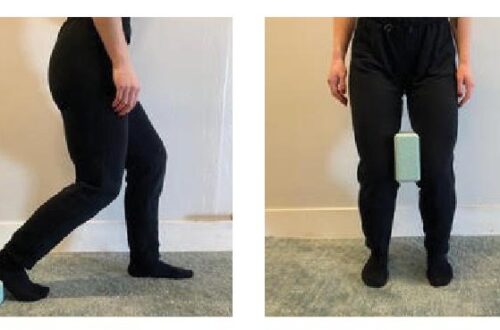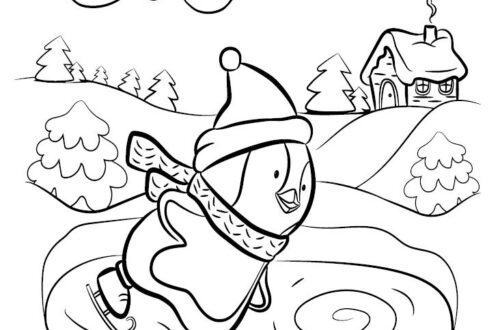
The Future is Here
The power to control our species’ genetic future is awesome and terrifying. Deciding how to handle it may be the biggest challenge we have ever faced.
— Jennifer A. Doudna, “A Crack in Creation: Gene Editing and the Unthinkable Power to Control Evolution”
Has there been a medical innovation in history that wasn’t met with some form of protest or resistance? No matter how much science teaching we add to our school systems, it still seems to just pass some people by. Vaccines have had their protesters since they were invented. I wonder about the process of teaching humans to mistrust science. How does that work? What are the moments, the messages, and the ethos surrounding a person throughout their life that make them unable to sit with the truth? What makes people react to science with fear?
When I was in college, my introductory biology class included several mind-blowing lab techniques. We could actually cut Deoxyribonucleic acid – DNA – at certain sequences, run it through a gel, and identify people by matching the size of the fragments. That was how forensic investigators performed “DNA fingerprinting,” and how something called the Human Genome Project was mapping out all 320 billion bases in the human genome.
I found it so amazing that a first-year college student could do that. I was happy to pursue a career that just allowed me to be near such stunning technology.
Twenty years later when I started teaching biology, of course I taught this lesson to my class every year. I discovered that an initiative in California was trying to put a “PCR (Polymerase chain reaction) machine in every high school science classroom.” I also found out that biology teachers generally dreaded these new techniques. They are difficult to teach, they involve quite a lot of chemistry and biochemistry that the students taking biology really didn’t have yet, and they take hours of preparation and clean-up. All using techniques teachers didn’t practice. Before I taught biochemistry labs in high school, I did those labs every day for years in industry.
Putting all of that technique on the shoulders of teachers seemed far-fetched indeed.
Last year I started a more advanced class as part of our school’s new engineering program, Biomedical Engineering. It is just what I like to teach; it has connections to real life, it’s easy to see helping the world using the knowledge gained in the class, and it’s mostly hands-on learning. I was looking for techniques to add in biochemistry and stumbled on CRISPR for beginning students.
CRISPR stands for Clustered Regularly Interspaced Short Palindromic Repeats. I’ve taught it for two years now and I still forget that mouthful. But it is exactly what it is in a DNA molecule and it’s what it does that is so amazing.
A company whose business was sending healthy bacteria out for food makers to add to yogurt noticed that some of their bacteria lived, and some died of viruses. They started looking for differences in the bacteria that could survive a virus. It made sense; they would prefer to have their bacteria live so they could make better products and profits. They made the discovery that the strains that lived had sequences in their DNA that matched the viruses. They had taken in a piece of the virus so they could recognize it.
Some scientists at Berkeley discovered that there was a way they were able to do this; they had a protein that behaved like a pair of scissors. When a virus the bacteria had seen before invaded, the protein was sent out to cut the virus up.
I’m trying to use simple language here, but come to think of it, this story could be told better as a children’s story with the characters “CRISPR,” “Cas-9” (the protein), Naughty Mr. Phage (the virus), and our pathfinding hero, Guide RNA the Great.
I’m going to stop trying to explain the details in a blog, but I strongly recommend the documentary “Human Nature” for the whole story, told in the right order, by the right people.
The practical idea is this: using Cas-9 and CRISPR, human beings can alter their genetic code. We can alter one single base out of 320 billion, easily, safely and accurately. I’m not talking about doing it in embryos or sperm and eggs, I’m talking about doing it to a fully grown human, so that their genes are altered in their lifetime.
At this very moment, patients with the debilitating and terminal condition of sickle cell anemia are being cured using CRISPR. Hundreds of conditions are being researched. If you are with a research organization, you can call a lab in Redwood City and they will send you a small bottle that will knock out and/or insert any DNA sequence you like within a week or so.
By the time my high school students are finishing college, we could potentially have cures and improvements for just about anything medical. They are on the same sort of precipice humanity was on when antibiotics were about to be commercially available.
Oh no, we think, what are the implications? Designer babies? That’s SO BAD. Of course. But the technology is not bad. The tool is not bad. The user is who we should worry about, who we should regulate, as has been true throughout history.
I know that while I am giving my high school students an absolutely amazing tool, having them perform CRISPR genetic manipulations in eleventh grade, that their social science and humanities teachers are giving them equally important tools when it comes to genetics. They need to think, they need to discern, and they need to communicate what they know. I think it’s false to say our technology outpaces our philosophy as a human race. I just hope our fear doesn’t outpace our desire to heal and help.
Lisa Catterall teaches STEAM, math, science, and art at Mount Madonna School and is a senior associate of the Centers for Research on Creativity. She lectures and trains teachers and administrators on innovation in education in Beijing, China. Lisa has five children and lives in Santa Cruz County.






